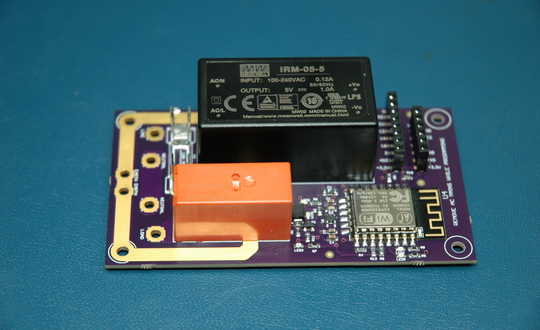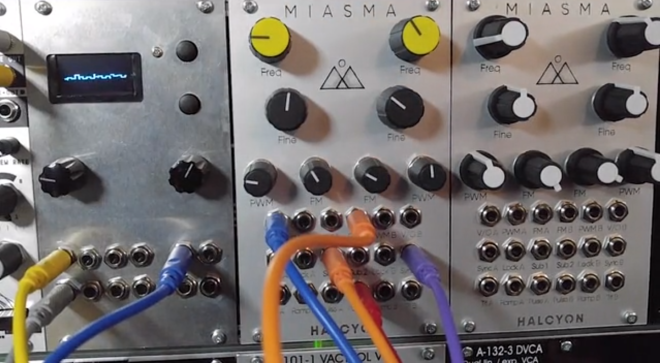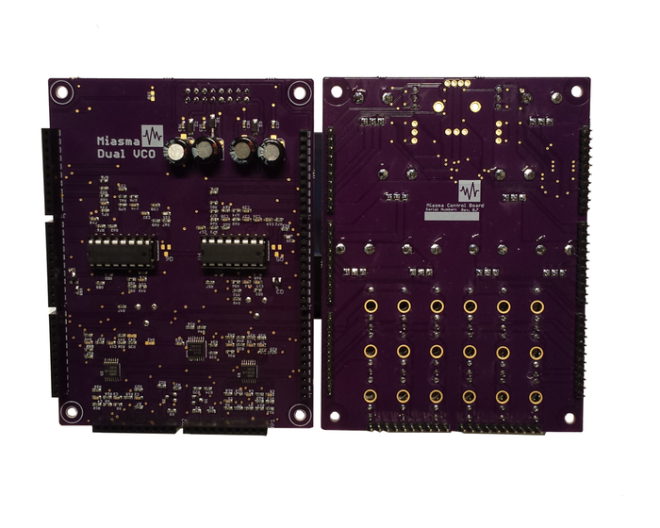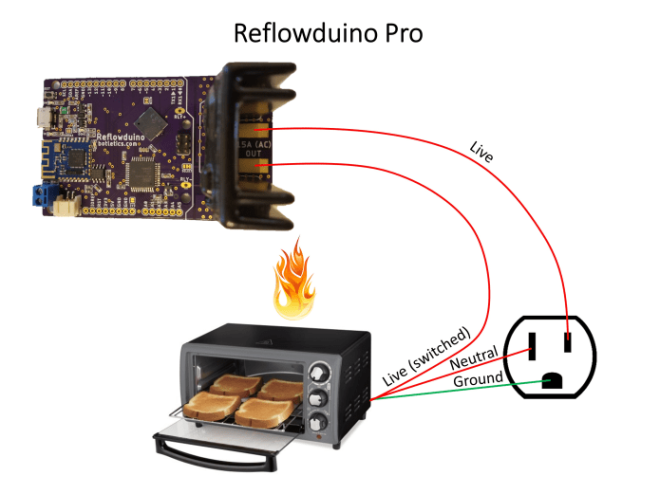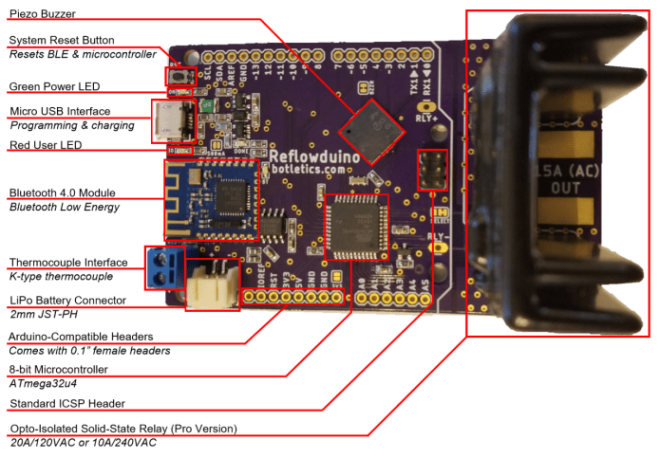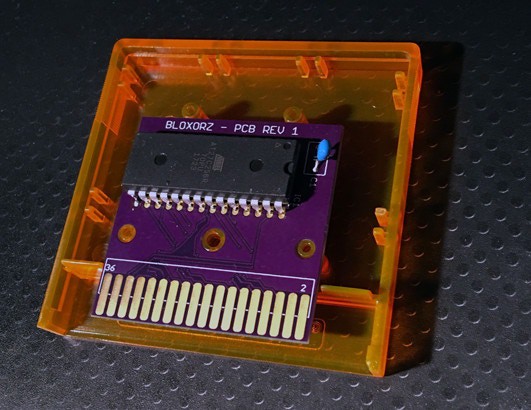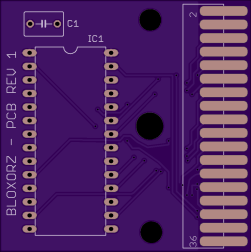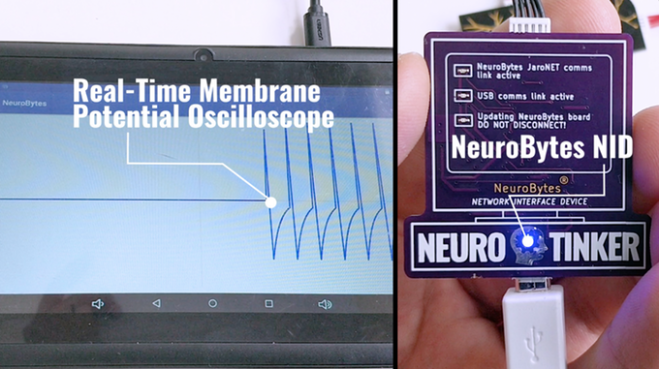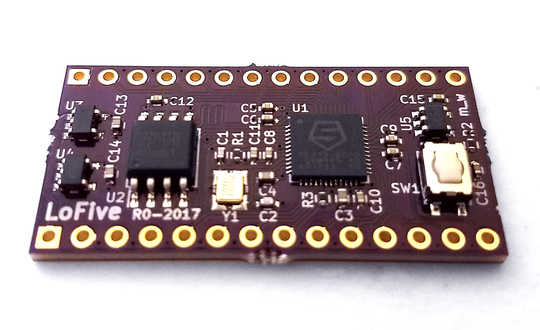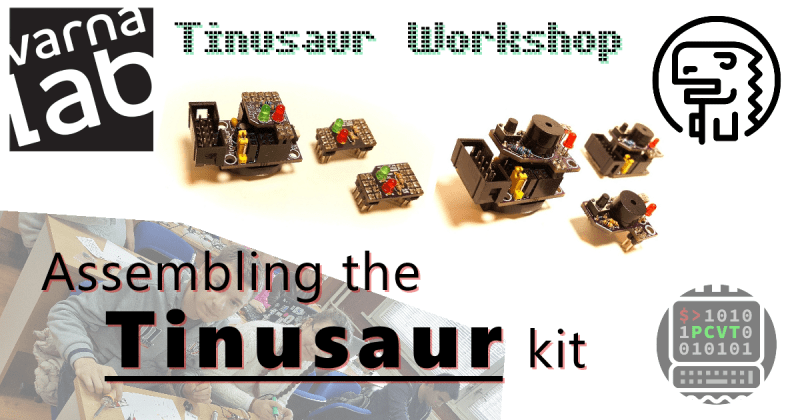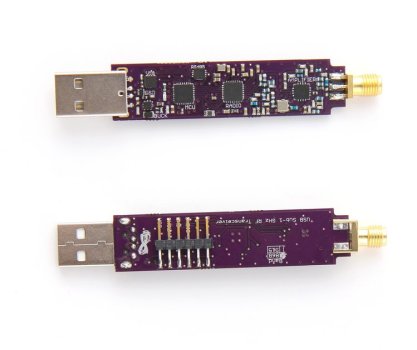ESP8266 Power Switch
The DomCo Electronics, Inc. ESP8266 AC Power Switch is everything you need to get started with controlling AC mains from an ESP8266. We know dealing with AC can be intimidating for people at times and we wanted to simplify the process of making your own IoT device.
Everything you need to control a 100-240VAC 50/60Hz load is built right onto the board. Simply solder on a power lead and socket of your choice to the Power Switch and the on-board code can get you up and started in minutes. (We have a USA power tail and socket in the optional extras below.) No more needing to wire up an ESP board, a Wall wart, an IoT Power Relay (Power Tail), and a bunch of wires just to control your light or coffee maker.

